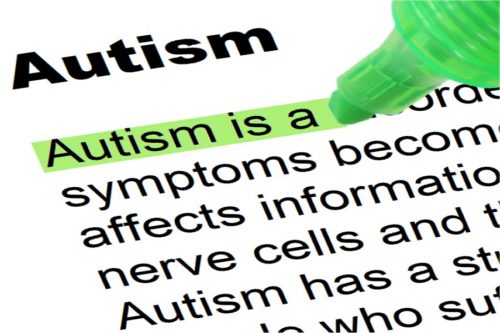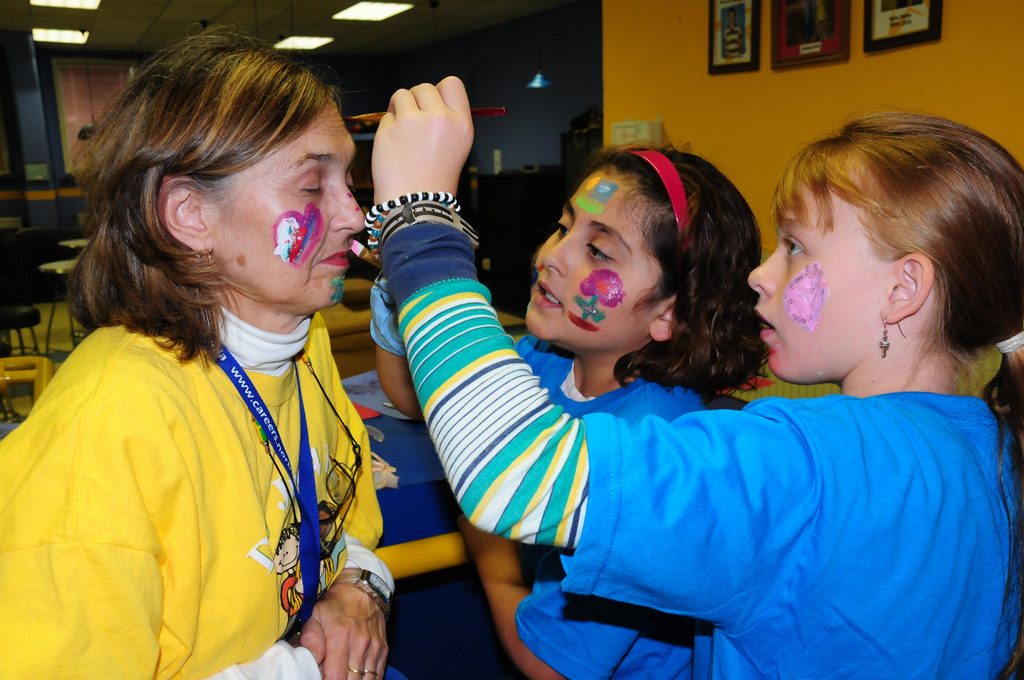Autism Insights From An Art Therapist
September 27, 2019

Source: thebluediamondgallery.com
One of the principal trademarks of people with autism spectrum disorders is their difficulty with social and verbal communication.
While there are cases wherein people with autism are mainly non-verbal and are unable to facilitate speech to communicate, there are those who have been struggling with language process and the conversion to smooth, relaxed conversation. People with autism may also have problems with body language and faces. As a result, difficulty in telling if someone is being sarcastic or is joking may occur.
Art therapists are trained in working one-on-one with children and adults who are on the spectrum so that they may build a broad range of skills in such a way that it can be enhanced, and somehow become more effective than verbal interaction.

Source: flickr.com
Insights Learned
Art therapists are qualified master’s degree holders and are certified professionals, although not all art therapists have had specific experiences working with autistic children or adults. But those who have shared some vital information on what it’s like when managing people who fall on the spectrum.
- Art Is A Powerful, Interactive Tool
When words and feelings are hard to express, people can turn to art. According to psychologist Robert Gray, M.A. (Art Therapy), “Art therapy can be useful for families with children who have autism by creating community through group work activity, exchanging stories, information and strategies. This can assist in development of verbal communication, vocabulary and hence, social interaction.”
For those who have autism, verbal communication is never easy, but just because people with autism are unable to speak, it doesn’t mean they don’t have thoughts and ideas that they want to express. By engaging in art therapy, autistic people can express sorrow, happiness, and even rage. For parents who have children with autism, art can be quite a discovery, as it opens avenues for self-expression that they never knew was possible.
- Art Therapy Is Not Just Arts And Crafts
Art therapy is not similar to art education. For those who can’t seem to differentiate what basic art is from art therapy, art therapy is a technique that taps into a person’s creative process to enhance and improve physical, emotional, and psychological well-being.
“In addition, art therapy targets the core issue quickly and effectively allowing individuals to see the problem from a different and new perspective. Thus, art therapy offers a space for holistic healing while providing an enjoyable, safe, and effective approach,” Rachela Buonincontri, BA, MC, AT, CCC wrote.
The methods used by art therapists are founded on scientific approach and clinical findings. Though the process of general art and art therapy might be similar, the purpose, strategies, and principles are different.
- Process Outweighs The Outcome
The goal of art therapy is to engross adults and children with autism into expressing what they think or feel through various forms of creative techniques. In art therapy, there is a great deal of emphasis that is focused on the entire process rather than the outcome. Though the result gives therapists and parents or loved ones the awareness of what the person might actually be feeling, the process, however, makes children and adults on the spectrum more expressive and connected with their thoughts and emotions.
- Art Therapy Regulates Self-Actualization
“For children who may not be able to articulate thoughts, sensations, emotions or perceptions, it is one way to convey what may be difficult to express with words,” says Cathy Malchiodi, PhD, LPCC, LPAT, ATR-BC, REAT. “It is also a sensory-based approach that allows the children to experience themselves and communicate on multiple levels—visual, tactile, kinesthetic and more.”
In growing up, people are taught how to deal with disturbing thoughts and feelings; however, people who have autism find this task quite challenging due to sensory integration complications. This means that things around them, especially those associated with sound or touch, can be magnified or minimized. Art therapy can turn this around and make the person less susceptible to destructive habits like hitting or biting when one is upset and instead choosing to squeeze clay to direct negative energy to inanimate objects without being disruptive of himself or his environment. When sensations make them feel uneasy, they can play with sand or water to help their body adjust and calm down.

Source: pixabay.com
Art therapists are mostly experienced in dealing with people, mainly children, who have autism spectrum disorders. In choosing an art therapist, make sure that he or she primarily understands the challenges, issues, and strengths that are specifically associated with the condition.